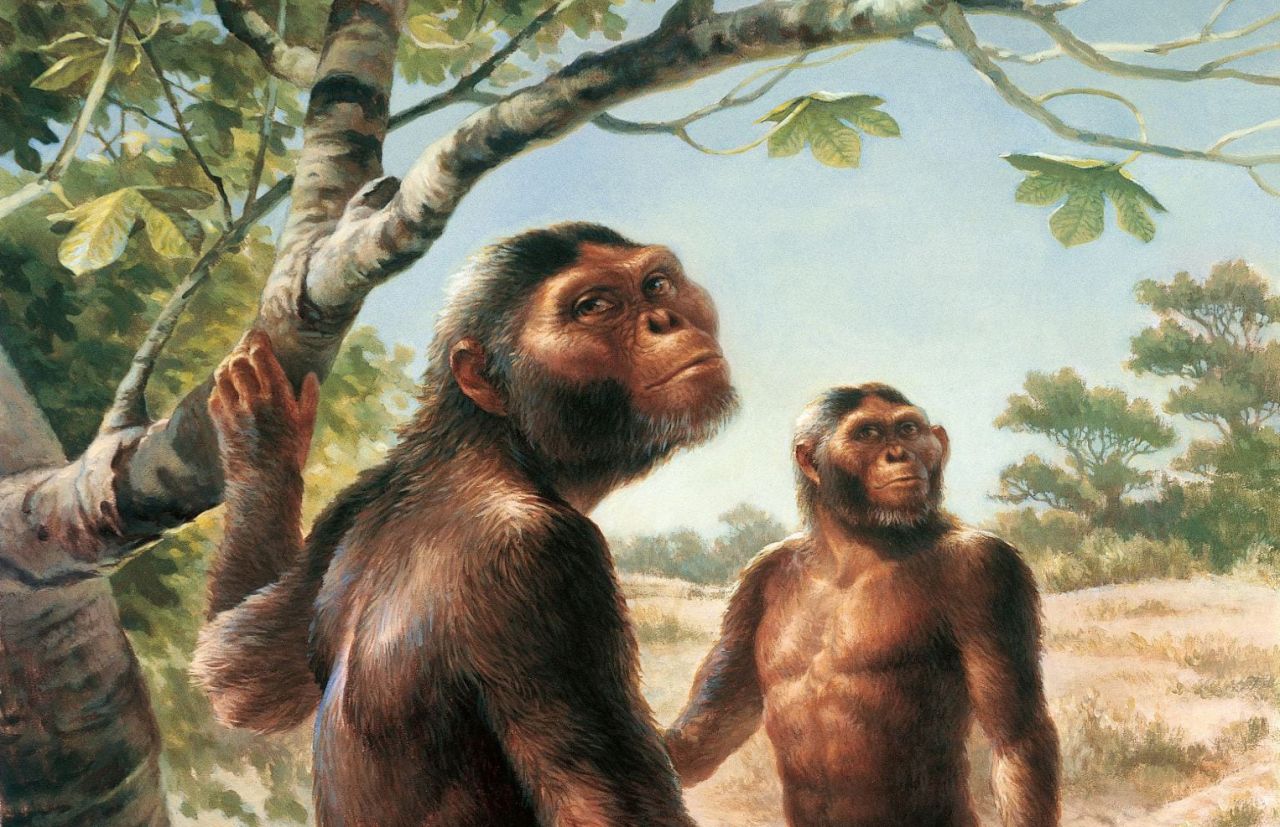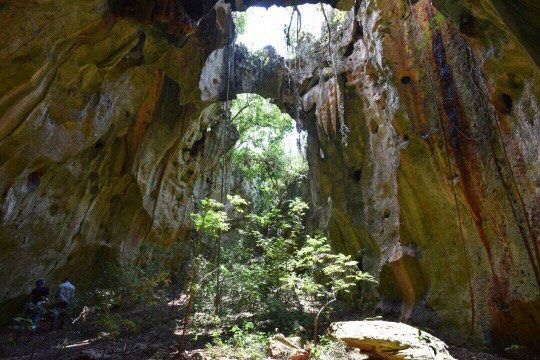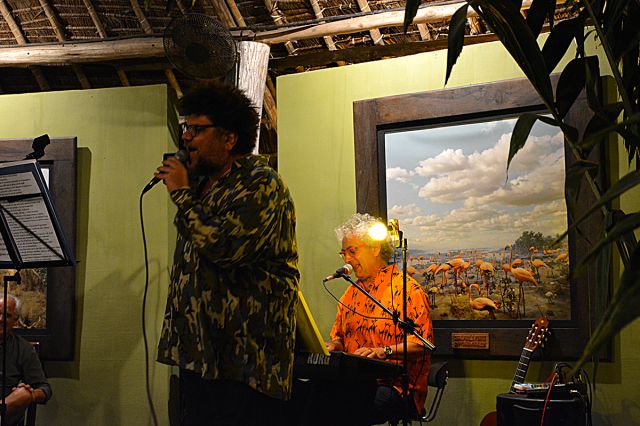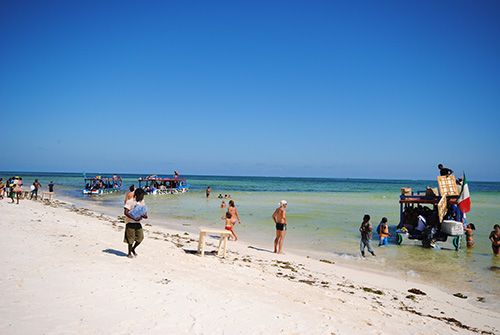
29-06-2023 by redazione

It is no coincidence that Kenya (or rather, East Africa) is considered the "cradle of humanity": here, with not distant transshipments to Tanzania and Ethiopia, the remains of the first hominid and the first "weasel" (as no one has yet dared, despite modern equal lexical revisionism) have been found, the first Paleolithic tools have been found here, and so on.
It is no coincidence that a comparative study by American universities Colorado State and Purdue, would have identified Kenya as the "oldest decisive evidence" of cannibalism among close evolutionary relatives of humans.
The anthropologists who made this discovery meticulously described in a Smithsonian Institution publication the bone cut marks on the tibia of a Homo Sapiens whose remains date back 1.45 million years. At the Smithsonian they explain that "Analysis of 3-D models of the fossil surface revealed that the ring cut marks were damage inflicted on a dead man by stone tools. This is the oldest known case of this behavior with a high degree of certainty and specificity."
Researcher Briana Pobiner, who published the research, explains, "The information we have tells us that hominids were probably eating other hominids at least 1.45 million years ago. "There are numerous other examples of species in the human evolutionary tree consuming each other for food, but this fossil suggests that relatives of our species were eating each other to survive farther in the past than we knew."
Pobiner first came across the fossilized tibia in the collections of Kenya's Nairobi National Museum while looking for clues as to what prehistoric predators might have hunted and eaten our ancient relatives. The anthropologist carefully examined the tibia with a magnifying glass looking for bite marks of extinct animals and came across what looked just like evidence of slaughter.
So she created molds of the cuts, similar to those that dental technicians use to create impressions of teeth, and after sending them to Professor Michael Pante of Colorado University, they were 3D scanned and compared to hundreds of similar marks. The research then provided a surprising hypothesis.
"The cut marks are located where a calf muscle would have attached to the bone, a good place to cut if the goal is to remove a piece of meat. The cut marks are also all oriented the same way, so that a hand wielding a stone tool could have made them all in succession without changing grip or adjusting the angle of attack. These cut marks look very similar to those I have seen on animal fossils that were processed for consumption. It seems very likely that the meat from this leg was eaten and that it was eaten for nourishment rather than for ritual," is the scholars' conclusion.
SCIENCE
by redazione

If it is true that the remains of the first prehistoric woman have been found between Kenya and...
SHOWS
by Leni Frau

Freddie and Sbringo's animals return for the fourth week in a row to the Baby Marrow of...
PARKS AND RESERVES
by Leni Frau

In 1972, the Kenyan Government declared the area east of Lake Turkana, between the Tulor Bor...
EDITORIAL
by Freddie del Curatolo

When I arrived in Kenya 32 years ago, I thought that the African people were a walking people.
There was...

It's no coincidence that my biggest 'diseases' are Africa and Genoa.
In fact, we...
NEWS
by Freddie del Curatolo

Construction of the most important museum on human evolution in Africa will begin at the end ...
CULTIVATIONS
by Leni Frau

Agave is a plant belonging to the Agavaceae family; there are more than 300 species, all native to Central...
Maybe, those who consider Kenya the very real Africa, the paradise of the pure Nature, the cradle of humanity, they can appear slightly overpresumptuous, but, for sure, they are true.
This amazing Country crossed by the equator, studded with lakes...
EDITORIAL
by Freddie del Curatolo

Only two are the certainties that concern the Italians in Kenya in this wretched and...
INTERVIEW
by Freddie del Curatolo

"The facts are there for all to see, not just those of us doctors on the front line in Kenya: after...
EDITORIAL
by Freddie del Curatolo
